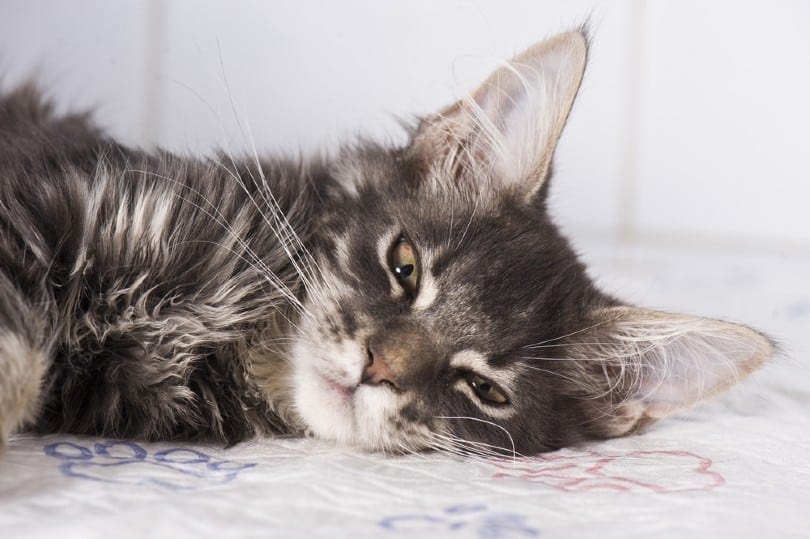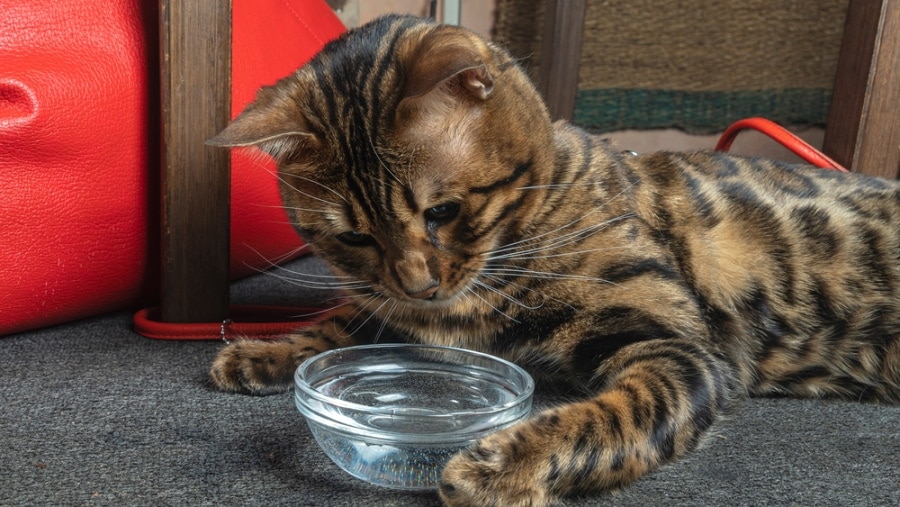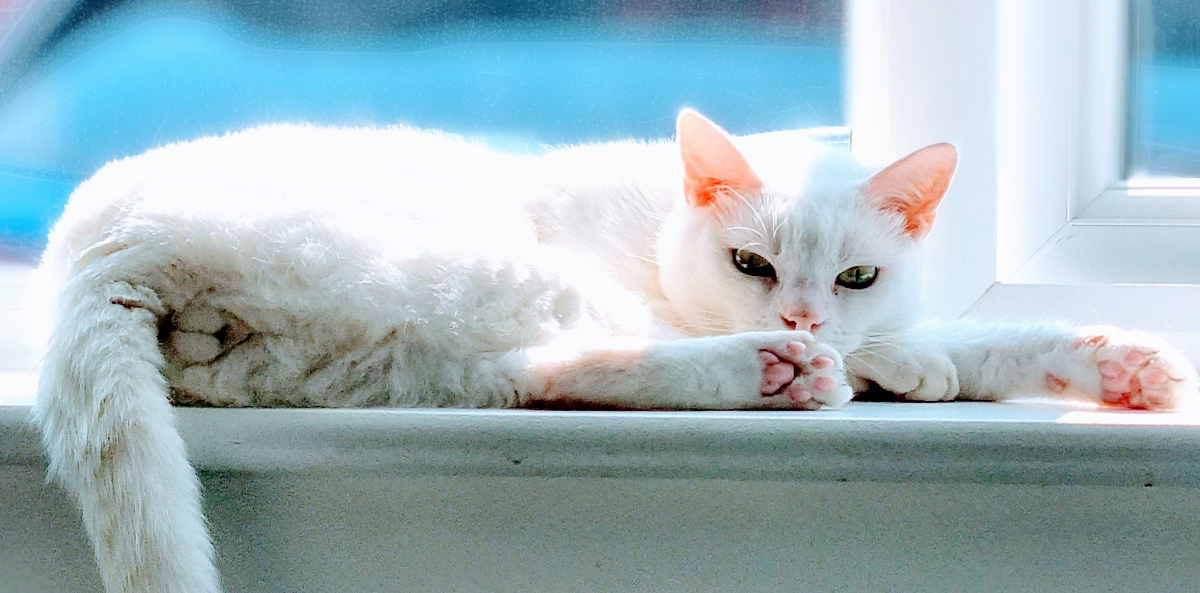Of all the diseases our cats can suffer from, heartworm disease is one of the worst. This disease is transmitted by mosquitoes that carry heartworm larvae that burrow into the body and can go on to grow up to 12 inches long and live in the lungs, heart, and blood vessels. The result is organ damage, lung disease, and heart failure.
Though cats are atypical hosts for heartworms (meaning they get heartworms less often than dogs, and worms usually don’t make it to the adult stage if a cat is infected), heartworm disease is still a significant concern for feline parents. Even worms that aren’t adults can cause damage to your cat, particularly in the form of what is known as heartworm-associated respiratory disease (HARD). And because immature worms are more difficult to detect, heartworm disease in cats can often go undiagnosed.
Since treatment of heartworm disease in cats is difficult and expensive, the best way to avoid it in your favorite feline companion is by preventing heartworms in the first place. But how can you do that? Below you’ll find three ways you can help prevent heartworms in your cat.

The 3 Ways to Prevent Heartworm in Cats
1. Heartworm Medicine
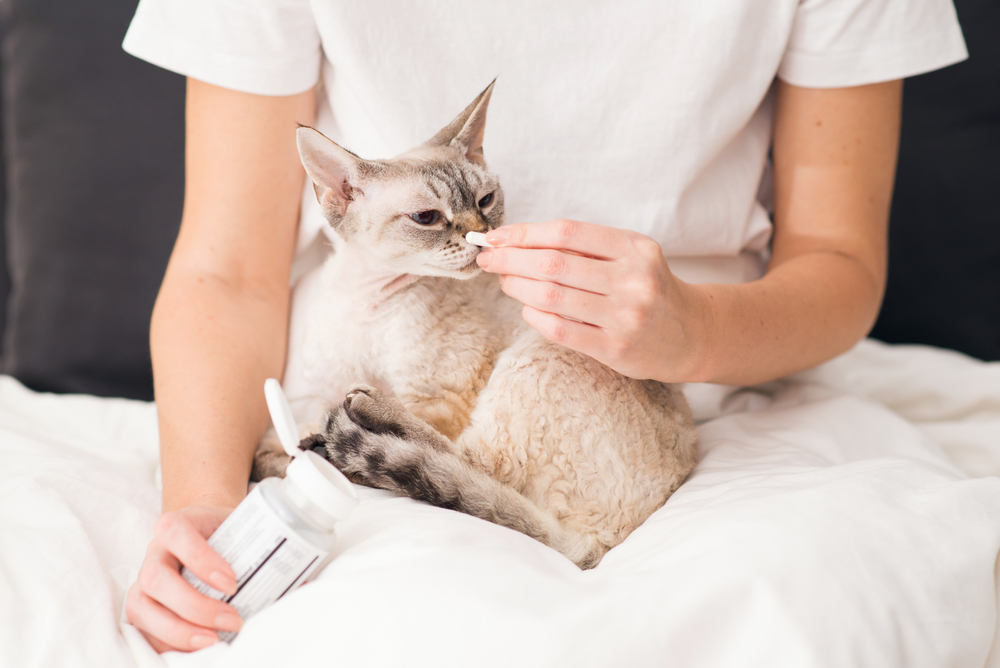
Absolutely the best and easiest way to prevent heartworms in your pet is by giving him or her heartworm medication. If you’re located where there are lots of mosquitos year-round, vets recommend you give this medication to your cat monthly.
There are several types of heartworm medications available (which are sometimes combined with flea and tick medication), so you shouldn’t have issues finding one that works well for your pet. A monthly product is the easiest and best way to prevent heartworm disease and is simple to do.
Before giving any new medication to your cat, we recommend you consult a veterinarian for the best advice on which would be the best treatment for your kitten.
If you need to speak with a vet but can't get to one, head over to PangoVet. It's an online service where you can talk to a vet online and get the advice you need for your pet — all at an affordable price!
2. Keep Cats Indoors
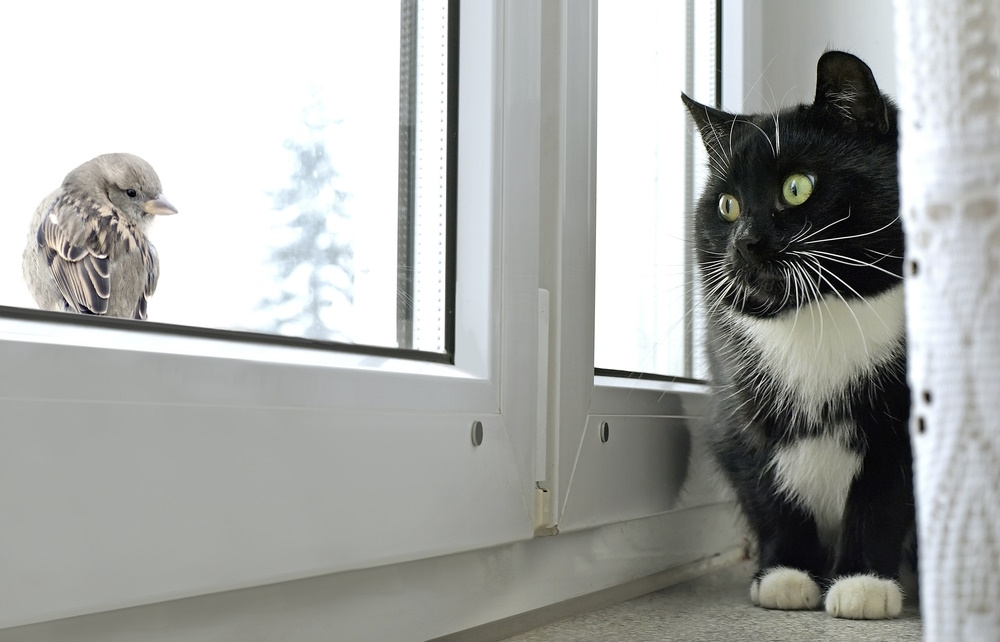
Another way to help prevent heartworms in your feline friends is by always keeping your cats indoors. It’s not impossible for a mosquito to get into your home, but you’ll have far fewer of these bloodsuckers indoors than outside. This method of prevention isn’t as fool-proof as giving your pet heartworm medication, but it can go a long way in helping reduce your pet’s chances of getting heartworm.
3. Mosquito Control
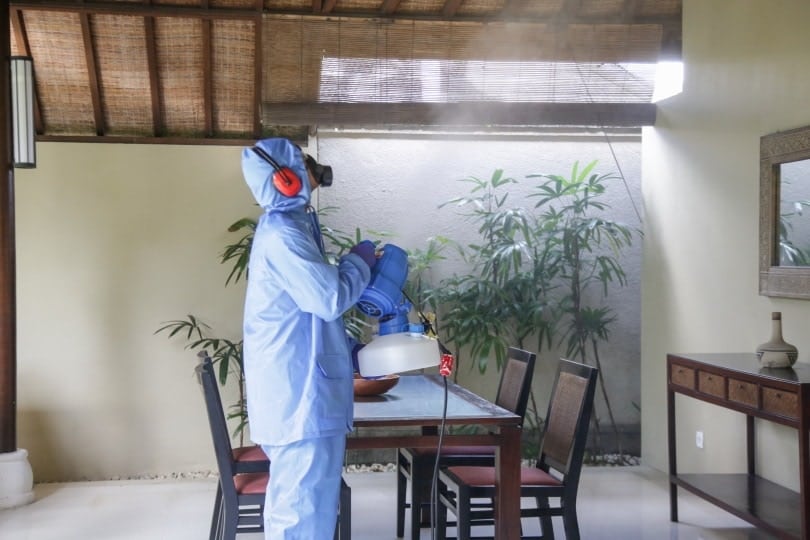
You can also try controlling your local mosquito population. This prevention technique is a bit more difficult than the other ways of preventing heartworms, but it is possible. And you’ll appreciate having fewer mosquitos around as well! We will take a closer look below at how you can reduce the number of mosquitos around your home.

Tips for Controlling the Mosquito Population
One of the best ways to keep mosquitos off your property is by getting rid of standing water since this is where mosquitoes lay their eggs. This includes emptying birdbaths, flowerpots, buckets, kiddie pools, trash cans, etc. If you can’t empty an item containing standing water, you can cover it with a tight lid. Another area where standing water can occur is in tree holes, so fill those in so they don’t end up holding water. Finally, if you have a septic tank, you’ll want to check it over for any gaps or cracks and repair those you find.
Your other options for preventing mosquitos are using larvicide to treat standing water that is too large to empty out or cover up to prevent mosquito eggs from hatching. You can also use insecticide to kill off adult mosquitos.

Conclusion
It’s important to prevent heartworms in cats, as there is no treatment for this disease in felines. While cats are atypical hosts that don’t get heartworms often and don’t have heartworms grow to adult size, if they do get them, they’re still at risk for health complications from these parasites.
The best and easiest way to prevent heartworms in your pet is via heartworm medication, but you can also keep your pet indoors at all times and try controlling the mosquito population around your home. Controlling the mosquito population is a bit of work, but you can reduce how many mosquitoes are around by getting rid of standing water or treating areas with larvicide or insecticide.
Featured Image Credit: Kachalkina Veronika, Shutterstock

